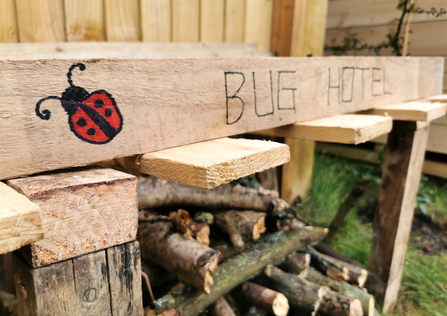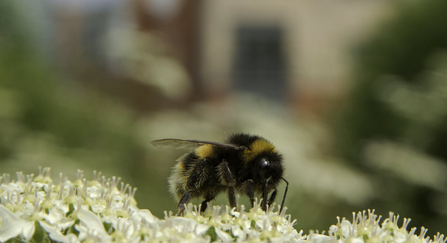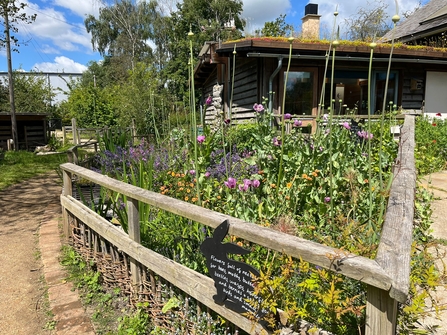Everyone can play their part in increasing biodiversity, whether you’re a tenant, homeowner, farmer, business, community group or housebuilder.
Wildlife Trusts like BBOWT continue to fight to protect local nature reserves but the Trusts know that there’s much more to be done in countryside and communities if we are to help nature back into recovery.








